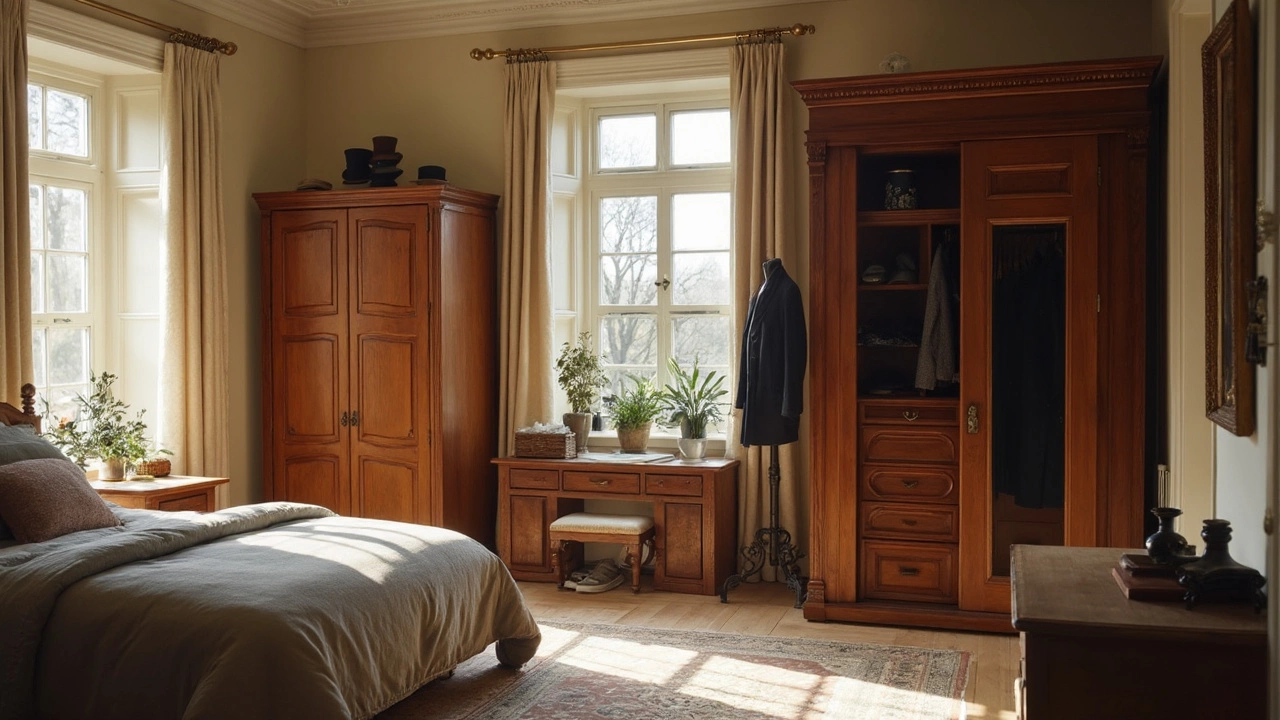American Furniture Terms Explained – What Every Shopper Should Know
If you’ve ever browsed a UK catalog and felt lost at “davenport” or “mission”, you’re not alone. American furniture slang can sound strange, but the words are simple once you know the basics. This guide breaks down the most common terms, shows you why they matter, and helps you choose the right piece without the guesswork.
Key Pieces and Their Real Names
Davenport – In the US this is just a formal word for a sofa, often with a high back and arm‑rest. You’ll see it on vintage ads or in older homes. If a listing says “davenport”, expect a full‑size couch that seats three to four people.
Loveseat – As the name hints, it’s a small sofa built for two. Perfect for a compact living room or a bedroom nook. Loveseats usually have tighter cushions, so they feel cozier than a regular sofa.
Settee – Think of a settee as a sleek, low‑backed loveseat with a bit more elegance. It often has exposed legs and a straight profile, making it a popular choice for hallways or formal sitting areas.
Style Labels That Tell a Story
Mission – This style comes from the early 1900s Craftsman movement. Mission furniture is made of straight‑grained wood, simple lines, and minimal ornamentation. It’s sturdy, functional, and fits well in modern farms or lofts.
Shaker – Similar to Mission, Shaker pieces focus on utility. The hallmark is a plain, unadorned look with recessed joints. A Shaker dining table will have a clean, boxy shape that never feels outdated.
Mid‑Century Modern – You’ll see this term on sleek, leg‑raised sofas and coffee tables. It hails from the 1950s‑60s and features tapered legs, organic curves, and a mix of wood and metal. Mid‑Century pieces add a retro vibe without looking dated.
Coach – In American terms a coach is a low, often upholstered back with a high, padded seat. Think of the classic “coach seats” you find in vintage diners or train cars. They’re great for a casual, nostalgic feel.
Knowing these labels helps you compare pieces quickly. For example, a “Mission coffee table” will be sturdy hardwood, while a “Mid‑Century Modern coffee table” may feature a glass top and thin metal legs. Pick the style that matches your room’s vibe.
When you shop, look for the material clues in the description. If a product mentions “hardwood frame”, “solid oak”, or “high‑density foam”, it’s usually a sign of durability. On the other hand, “particle board” often means a cheaper, less lasting option.Finally, remember that American terms can overlap. A “loveseat” might be marketed as a “small sofa” or a “two‑seat couch”. The key is to focus on size, comfort, and the material details rather than the label alone.
Armed with this quick glossary, you can browse any catalog—whether it’s a US‑based brand or a UK store borrowing American lingo—and feel confident about what you’re buying. Happy hunting!
What Are Wardrobes Called in America? Closet vs. Wardrobe Explained
Ever wonder why Americans say 'closet' instead of 'wardrobe'? This article breaks down the key differences, the history behind the terms, and how modern Americans store their clothes. You'll find out which word you should use, how closet design in the U.S. has evolved, and some tips if you're shopping for storage furniture. Everything you need to know is right here—no confusion, just straight answers.
More
